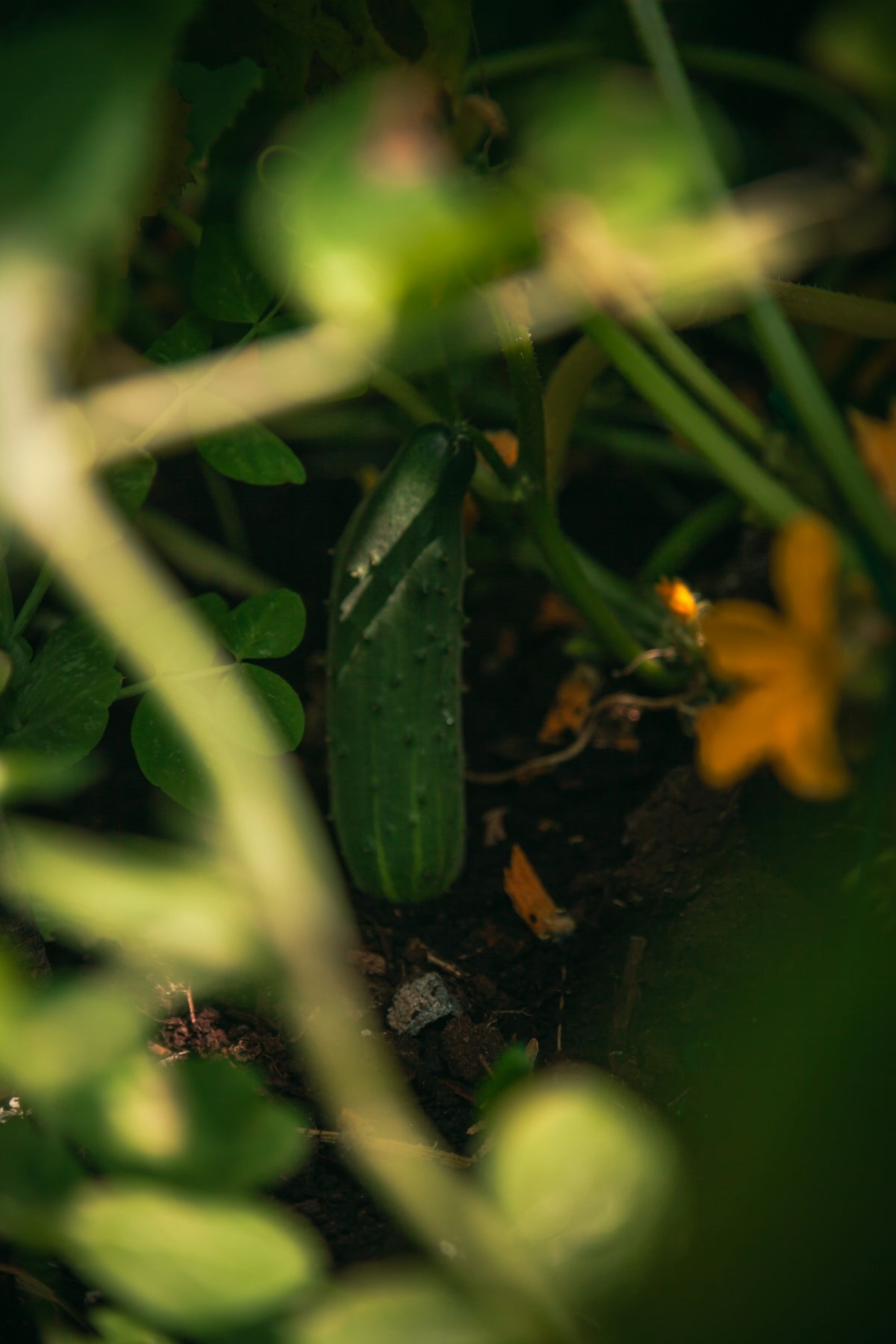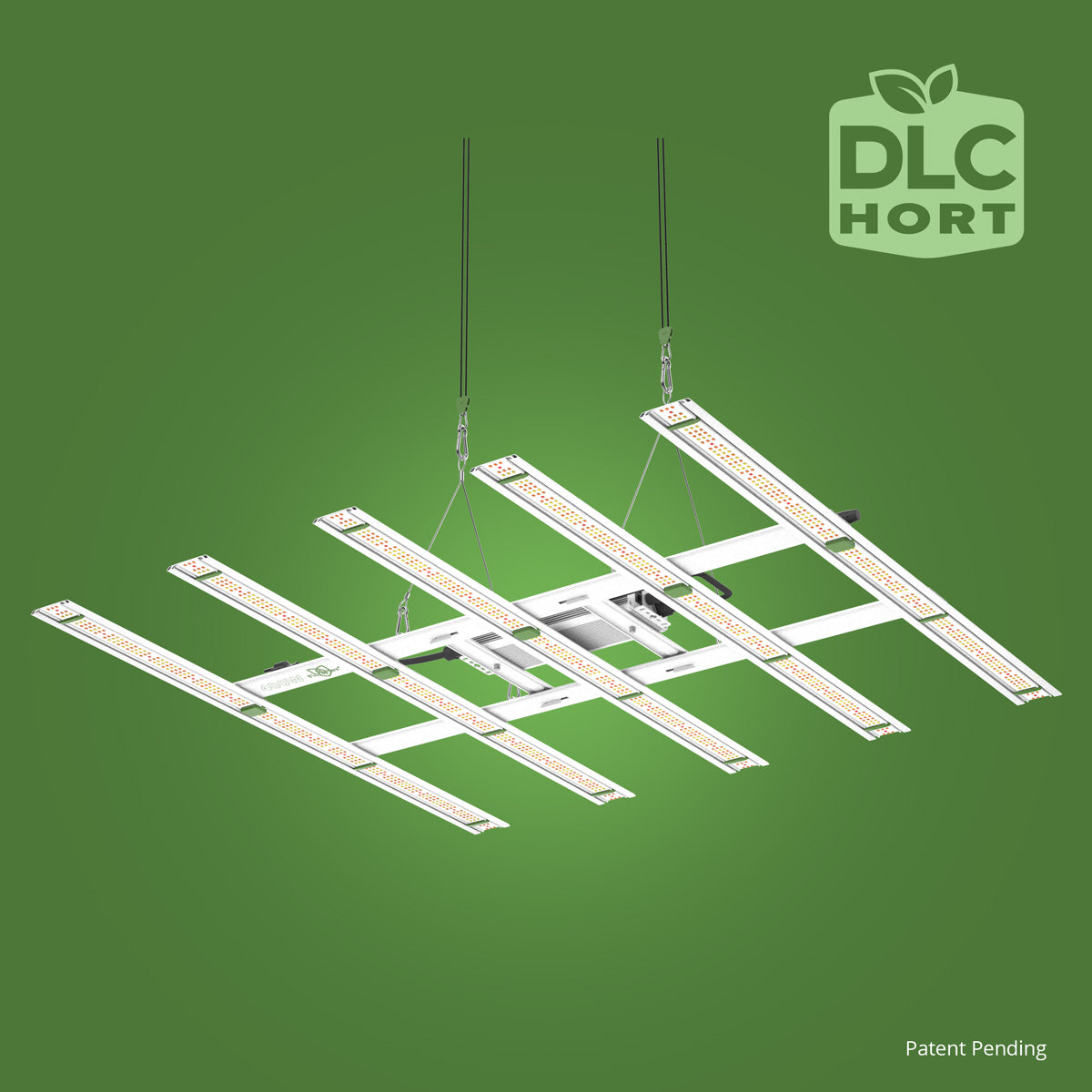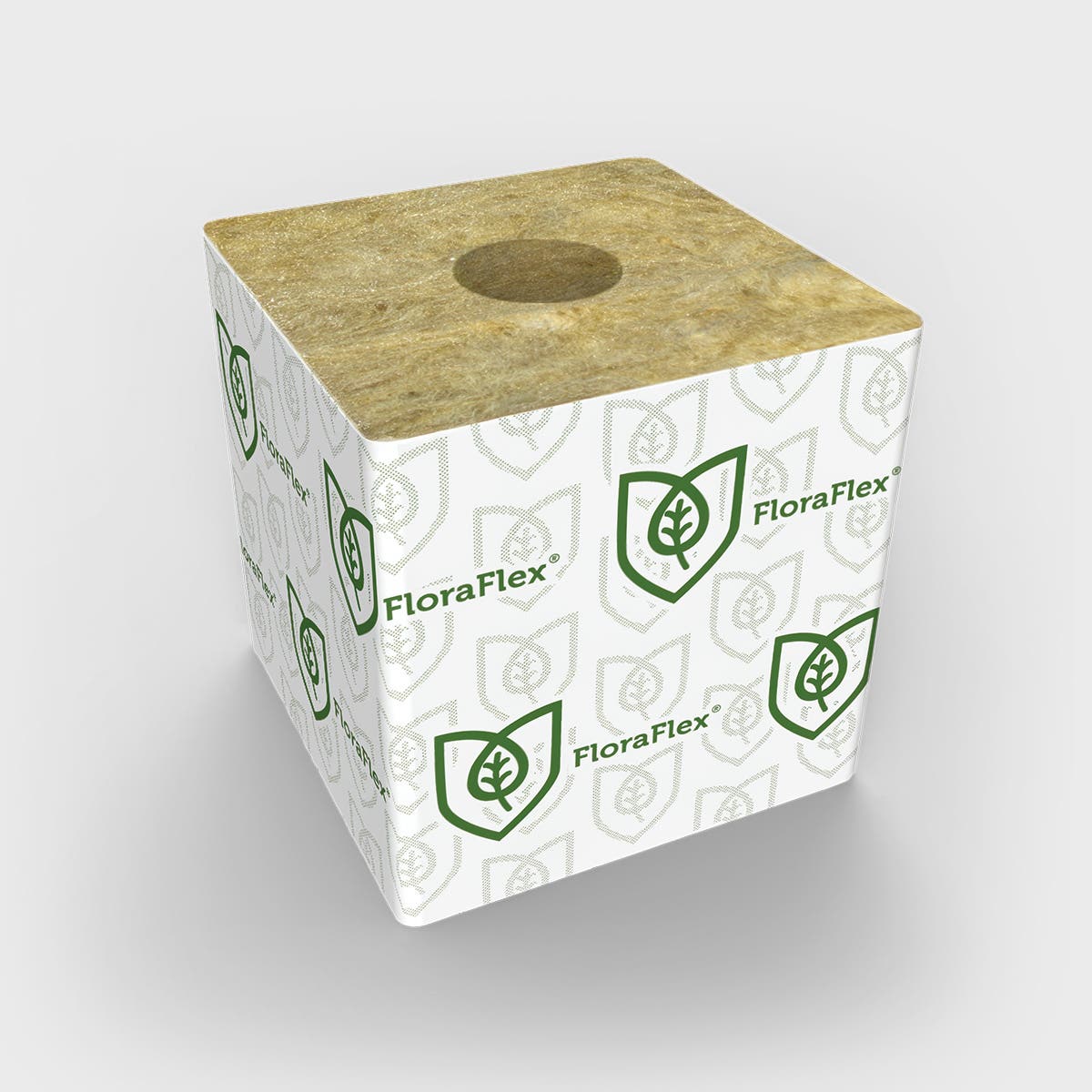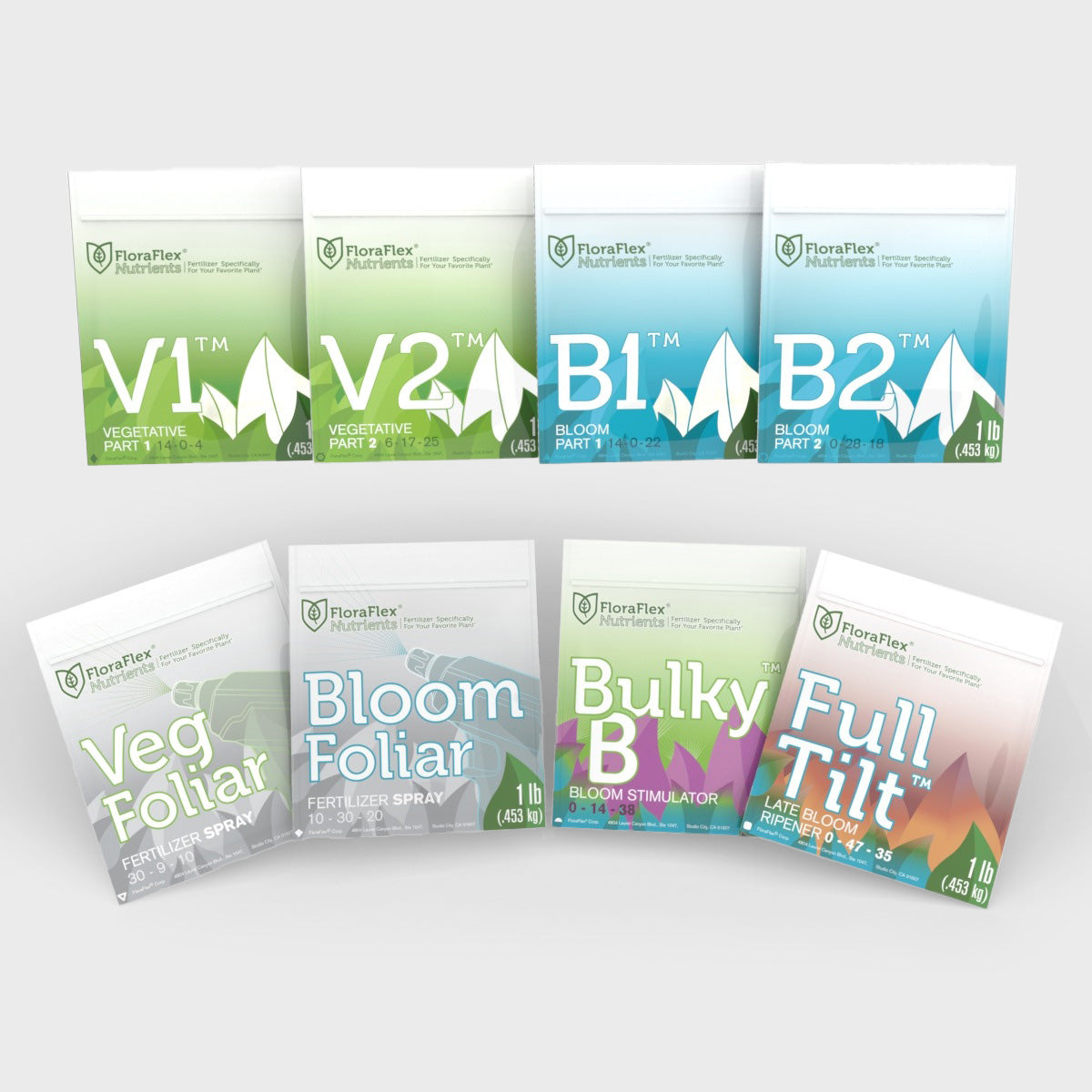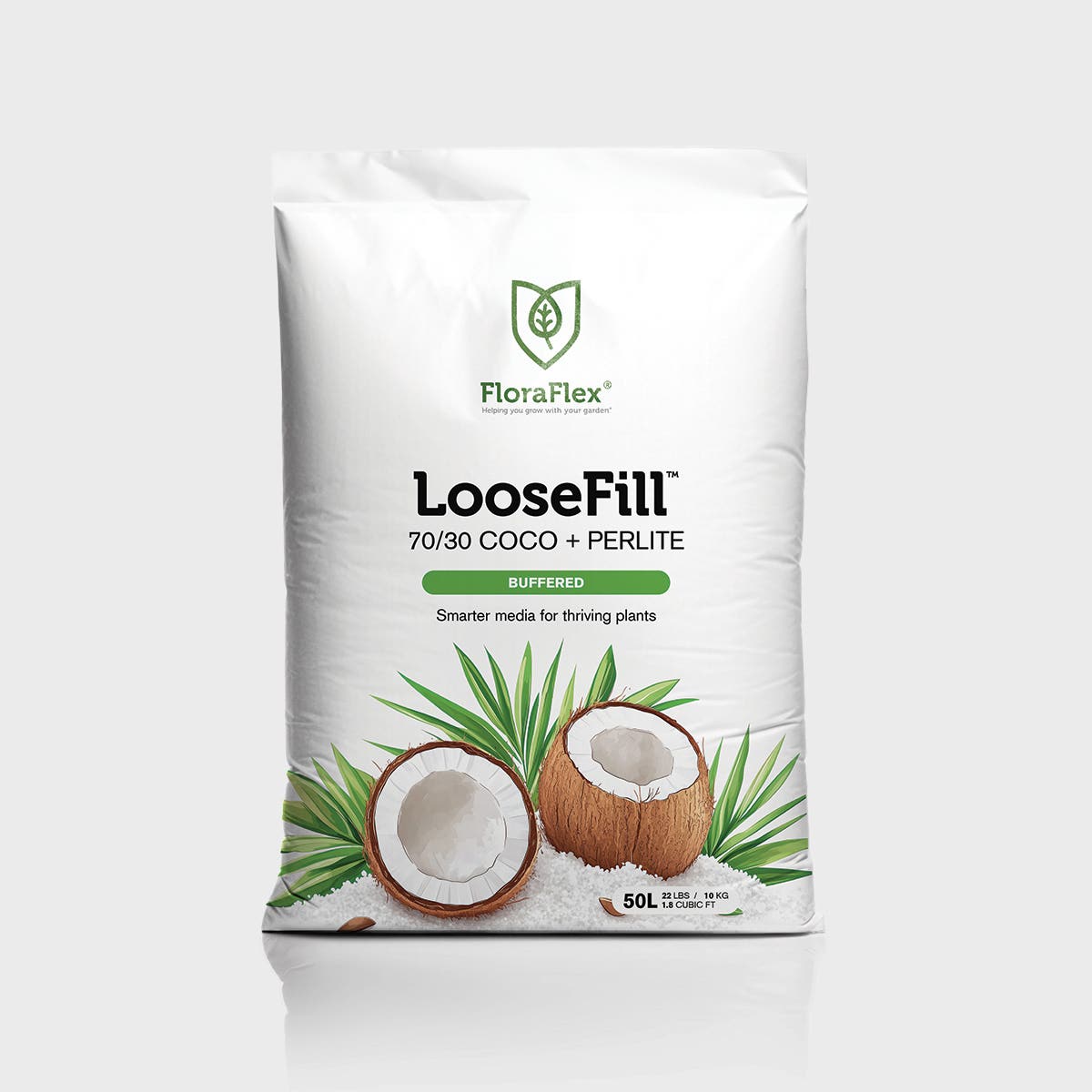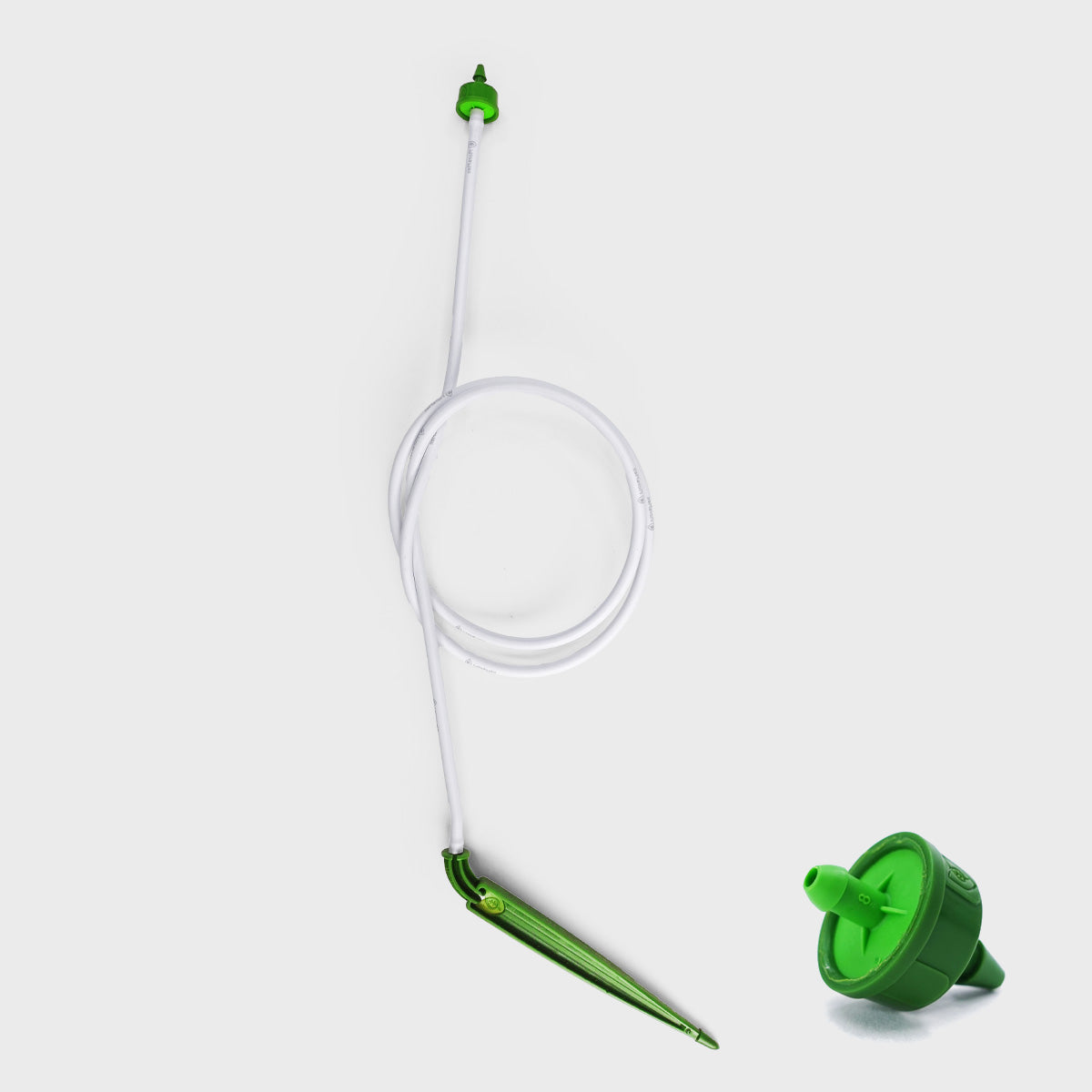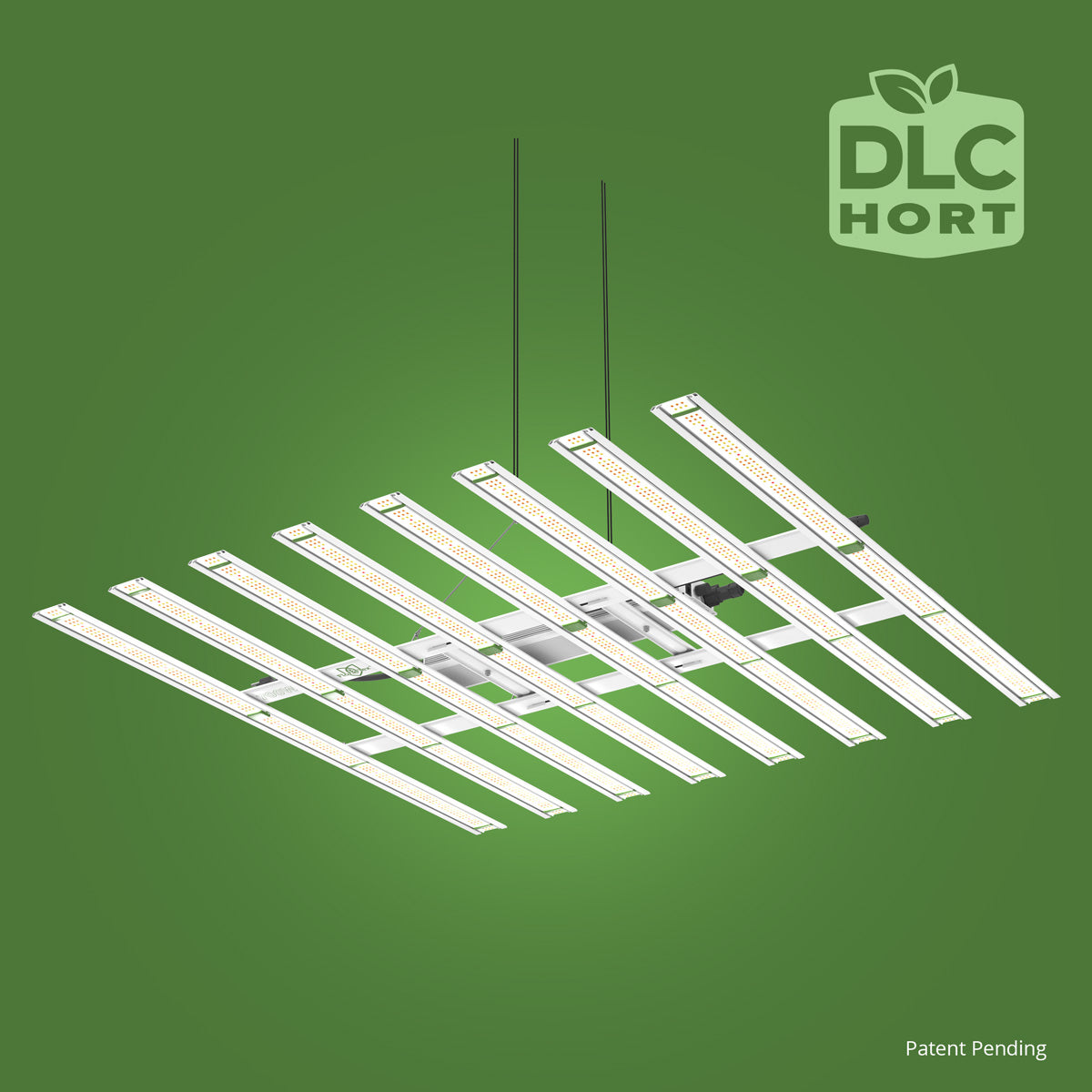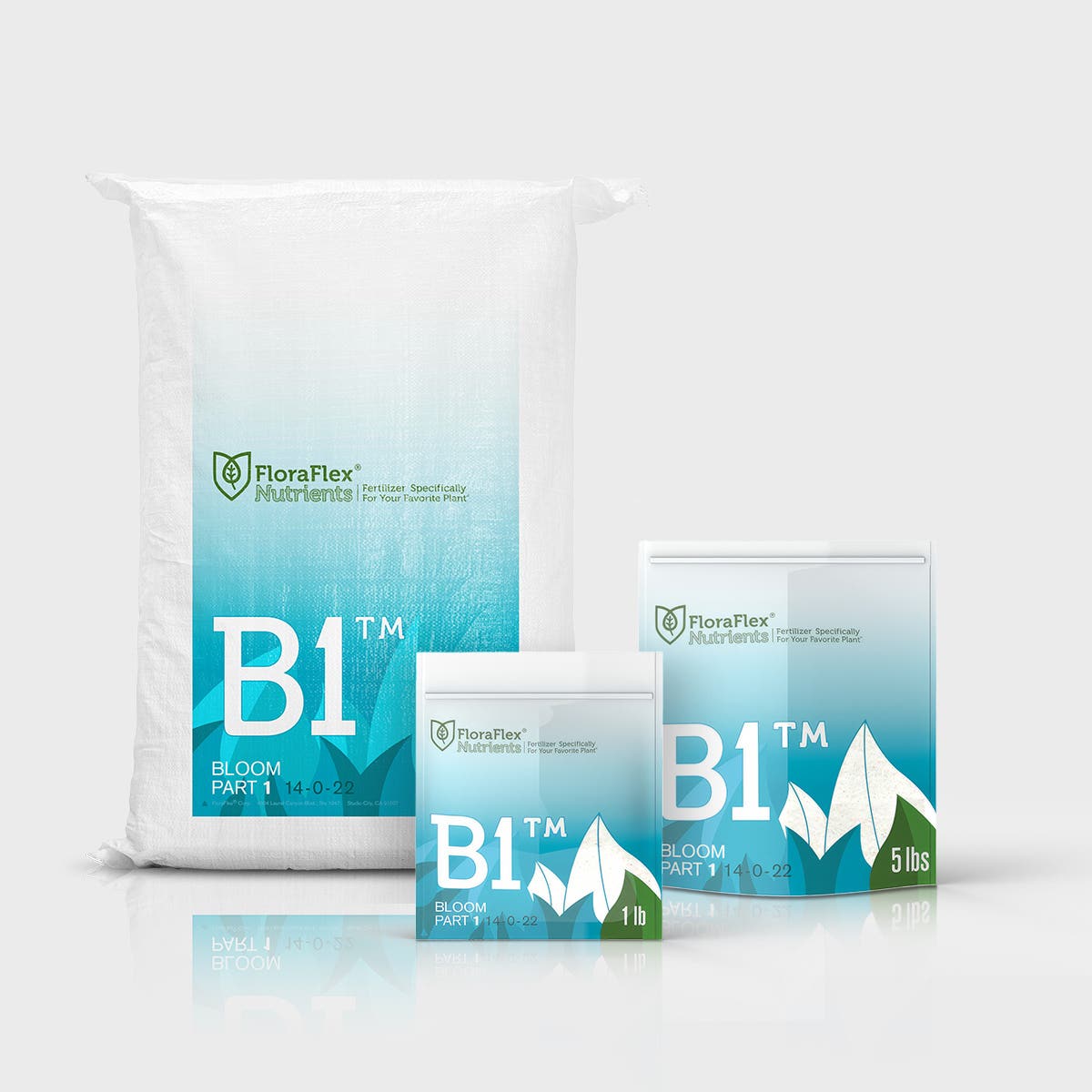Choosing the right plants for your climate is crucial for a thriving garden, whether you're a seasoned gardener or just getting started. Plant selection can be a puzzling task due to the vast array of species available and the varying climate conditions across regions. Here’s a guide to help simplify the process.
Understand Your Climate Zone
Before picking plants for your garden, it's essential to understand your specific climate zone. The United States Department of Agriculture (USDA) provides a hardiness zone map that categorizes geographical areas based on their average minimum temperatures in winter. Knowing your zone is the first step in determining which plants are likely to survive and thrive in your location.
Consider Temperature Extremes
While knowing the average climate is important, it’s equally crucial to consider any temperature extremes that might affect plant health. Some plants are more sensitive to sudden drops in temperature or extreme heatwaves. Make sure to choose plants that can tolerate these extremes if they are common in your area.
Indigenous Plants
One of the best ways to ensure a successful garden is by choosing indigenous or native plants. These plants are naturally adapted to your local environment and generally require less maintenance. They also create a habitat for local wildlife, improving biodiversity.
Sunlight and Shading Needs
Evaluate the sunlight patterns in your garden space. Some plants require full sun, while others thrive in partial or full shade. Observing how sunlight moves through your garden at different times of the day can help you choose plants with suitable light requirements.
Soil Type and Quality
Understanding your soil type and quality can heavily influence plant success. Before planting, test your soil to determine if it's clay, sandy, loamy, or rocky, and find plants that thrive in those conditions. Sometimes, enhancing soil with organic matter can accommodate a broader variety of plants.
Review Water Requirements
Consider the moisture needs of different plants and your region's average rainfall. Grouping plants with similar water needs can make watering more efficient and ensure that your garden remains healthy, even during dry spells. For easier and effective watering, consider using products like our 1.5L Pump Sprayer, which provides precise and controlled water application.
Conclusion
Selecting the right plants for your specific climate can make the difference between a thriving garden and one that struggles to survive. By considering factors such as your climate zone, temperature extremes, indigenous options, light patterns, soil type, and water requirements, you'll be on your way to a flourishing garden.
For more gardening products and tips, visit our website.

